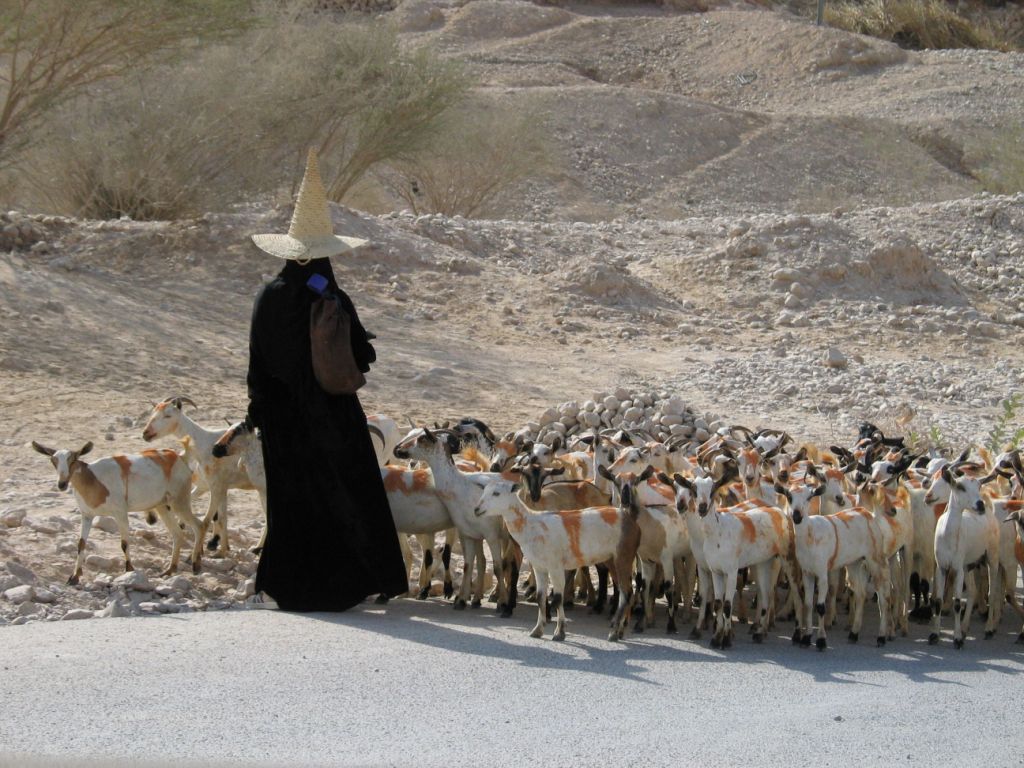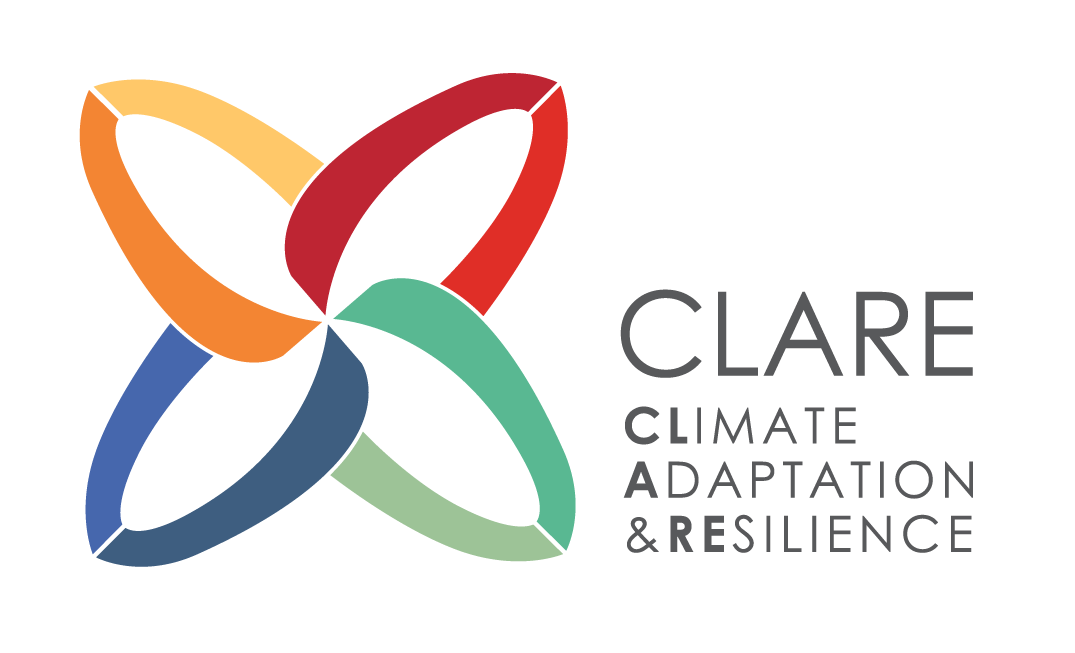
Strengthening pastoralist livelihoods through effective anticipatory action (PASSAGE)
Introduction
By August 2022, drought in the Greater Horn of Africa has caused 3.6 million livestock deaths while 28 million people are highly food insecure and in need of urgent humanitarian assistance. The extent of early actions triggered by climate forecasts and food security outlooks has been insufficient to save lives and livelihoods. This experience reveals shortcomings in drought monitoring, preparedness, and implementation from transboundary to local scale. This project will improve management of extreme climate events by local governments to support pastoral livelihoods and communities by improving modelling, forecasting and anticipatory action plans. The project particularly focuses on the transboundary areas within the region as these host the most vulnerable pastoral communities with acute malnutrition levels. PASSAGE builds directly on a suite of recent and ongoing initiatives and major investments in anticipatory action.
Context
The ongoing drought in the Greater Horn of Africa has been well monitored and indeed forecasted, yet the extent of early actions triggered by climate and food security outlooks has been insufficient to save lives and livelihoods. This experience reveals shortcomings in drought monitoring, production and dissemination of actionable forecasts, preparedness plans and actions, and implementation capacity, across scales from transboundary to national, down to the local levels. Current and recent food security crises in the region exemplify the potential for anticipatory action to help mitigate and prevent drought impacts, and the challenges in effectively implementing such action in the face of slow-evolving crises in complex contexts. This project aims to enhance operational early warning systems and anticipatory action for drought risk in pastoralist livelihood systems across the greater Horn of Africa to enhance climate-resilient and sustainable livelihoods, especially for the most vulnerable.
Approach and Methods
The project emphasizes coproduction of knowledge, transdisciplinary and holistic systems’ understanding of socio-ecological dynamics of pastoralist areas across the greater Horn of Africa. Qualitative approaches will be used to evaluation the economic viability of the anticipatory action. It will include data collection using a household economy analysis approach, key informant interviews, and literature reviews. The project uses participatory methods and has incorporated multiple approaches, including the IFRC enhanced Vulnerability and Capacity Assessment (eVCA) tool, Rapid Needs Assessments, the World Food Programme’s Seasonal Livelihood Programming (SLP), and Community-Based Participatory Planning. These methods will be used to map and define the vulnerabilities and capacities of communities, impacts of extreme climate and cascading hazards, and co-develop anticipatory actions and dynamic risk narratives, incorporating traditional knowledge.
Quantitative approaches include socio-economic systems modelling combined with climate forecasting and modeling. This includes the socio-ecological system of pastoralists via system dynamics based on drought induced displacement to understand the interplay among climate-natural resources-livelihoods, and agent-based model (ABM) to investigate how the perception of climate risks affects the spread of anticipatory actions and to promote learning on adaptation to climate hazards.
To improve forecasting, the project will collect data on pasture condition, invasive species, and land cover. It will also conduct cross-sectional surveys among pastoral clusters using semi-structured questionnaires. Data on groundwater will be obtained from existing borehole sensors in Kenya, and extend their use to Ethiopia, South Sudan, Somalia and Uganda. Measurements will be triangulated with satellite-based remote sensing of rainfall. Novel machine learning approaches will be trialled for forage forecasting, surface water body mapping, and invasive species mapping. Satellite imaging will also be used to generate annual land cover maps over transboundary areas.
PASSAGE divides the work into five work packages that correspond to the defined objectives and research questions:
- Develop, collate and archive in a central repository, an extensive database on direct cascading drought impacts, livelihood outcomes to support AA activities and wider risk management in the region.
- Co-produce a suite of forecasts (extreme temperature, drought impacts, cascading risks) which will complement the already existing climate forecast products routinely available.
- Explore and assess the efficacy of equitable and inclusive anticipatory actions and improve the design of operational AA systems.
- Co-produce risk scenarios with pastoralist communities.
- Share lessons with the wider AA community.
Expected results
Expected results cover improved forecasting and modeling of climate risks to pastoralists, anticipatory action to support the most vulnerable in pastoralist areas, and strengthened capacity to use research for equitable adaptation action. To achieve these outcomes, the project will develop critical information, tools and capacities to operationalize improvements in anticipatory action systems, and to share good practice and better policy beyond the project domain. Key outputs include:
- Improved scientific understanding on the effects of climate change on pasture condition, including the development and expansion of datasets on invasive species, land cover, groundwater and other indicators;
- Two novel approaches to model the socio-ecological system of pastoralist livelihoods;
- Improved drought forecasting;
- Guidance and recommendations on which early and anticipatory action are most useful, impactful, legitimate and credible for pastoralists;
- Participatory Agent-Based Model (ABM) to investigate how the perception of climate risks affects anticipatory actions and their impacts;
- Publication of scientific papers
- Capacity building of all stakeholders, including the production of learning materials
Photo credit: Gerhard Lichtenthaler
Lead organizations
IGAD Centre For Pastoral Areas and Livestock Development (ICPALD),
International Federation of Red Cross and Red Crescent Societies (IFRC) - Kenya,
Partners
Contacts

